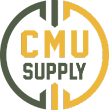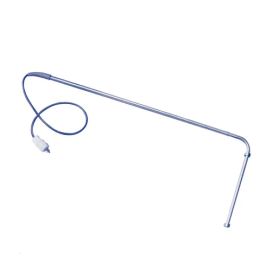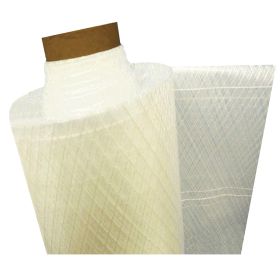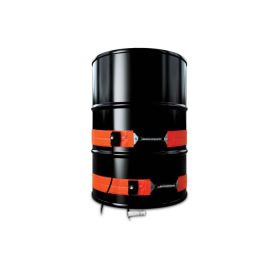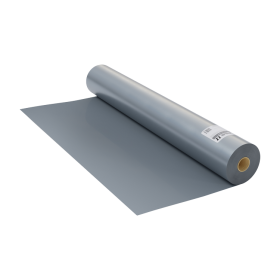MidWest Canvas Concrete Curing Foam Insulating Blankets
MidWest Canvas Concrete Curing Foam Insulating Blankets are designed to keep concrete projects warm, ensuring proper curing even in cold conditions. These durable blankets use multi-layer foam insulation to prevent freezing and cracking, maintaining optimal curing temperatures. They’re ideal for projects like ground thawing, concrete curing, and scaffolding covers. With a tough polyethylene shell and secure grommets, these blankets are built to withstand demanding job site conditions.
The blankets provide essential cold-weather protection by trapping heat and blocking out moisture, making them an efficient alternative to external heat sources or changing water-to-cement ratios. Contractors rely on these blankets to improve the strength and durability of their concrete pours, even during winter projects. Made in the USA, they are a practical solution for keeping projects on schedule despite temperature challenges.
Features
- Multi-layer foam insulation retains heat and prevents concrete from freezing.
- Durable woven polyethylene shell for job site durability and weather resistance.
- Grommets along the edges provide easy and secure fastening.
- Nylon lock buttons keep insulation securely in place.
- Lightweight and flexible for easy handling and storage.
- Effective for ground thawing, concrete curing, and scaffolding covers.
- Designed for cold-weather construction, ensuring proper concrete strength.
- Reusable and resistant to damage from moisture and chemicals.
- Made in the USA to meet high manufacturing standards.
MidWest Canvas Concrete Curing Foam Insulating Blankets Info
| Product | Sizes | TL Quantity | R-Value | Core | Skins |
|---|---|---|---|---|---|
| NRB22 | 6x25 | 650 / 312 | R2.2 | 1-Layer Bubble | Black / Black |
| NRB25 | 6x25 / 12x25 | 520 / 260 | R2.5 | 2-Layer Foam | Black / Black |
| NRB28 | 6x25 / 12x25 | 600 / 300 | R2.8 | 3-Layer Foam | Black / Black |
The effective thermal resistance, or R-Values, have been determined by an independent testing laboratory. The products were tested for their effective ability to radiate, convect, and conduct heat by facing the products towards a nominal 3" air space. Testing was conducted using ASTM C-518 or ASTM C-236 as a procedural guide.
